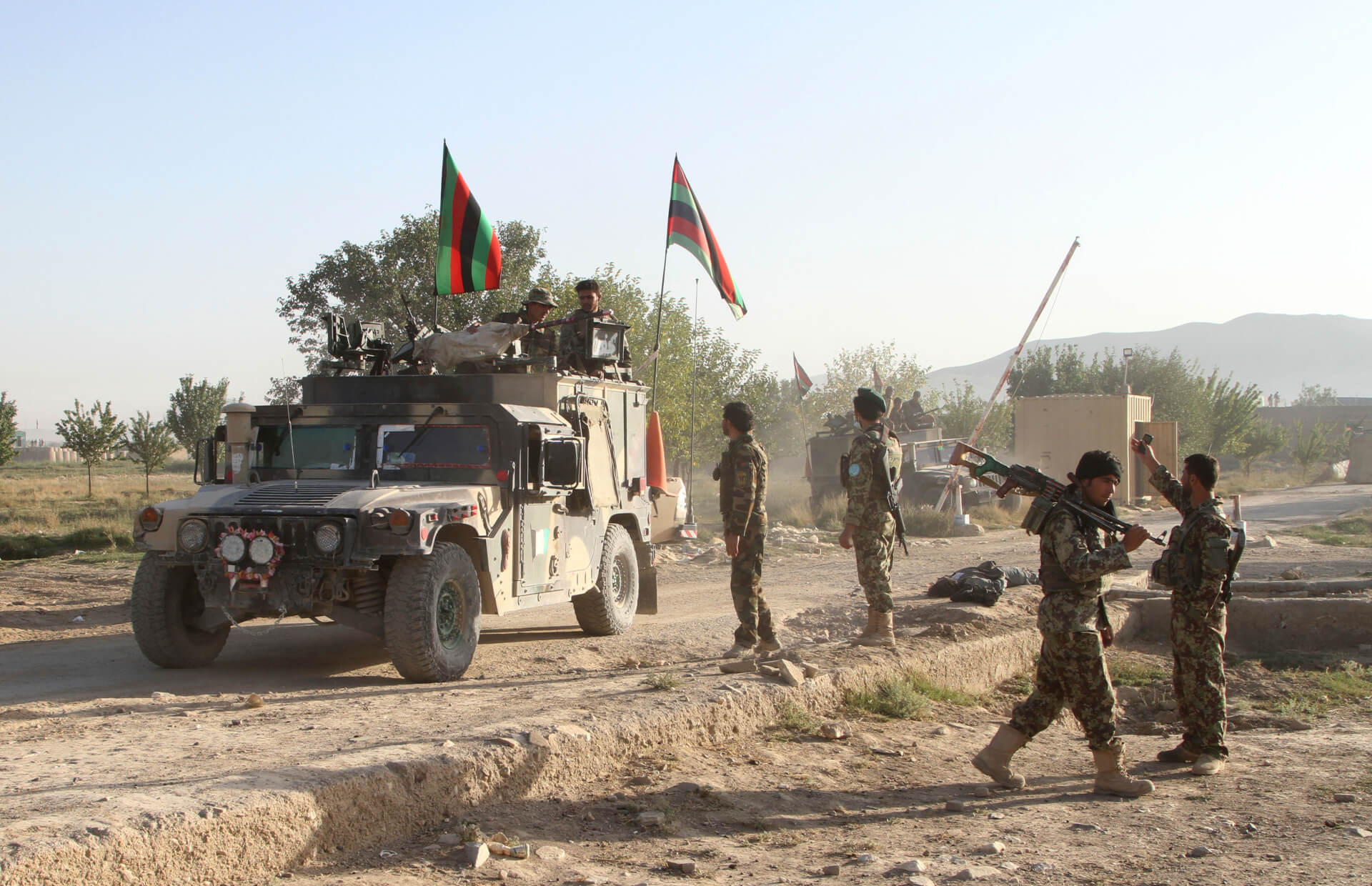On Wednesday, in a move that further deteriorates the already fragile peace-building process in Afghanistan, attacks by Taliban fighters led to the death of at least 18 Afghan soldiers. The AFP reported that Maroof Azar, the spokesperson of the governor, said that during these overnight attacks, 12 security personnel were killed at a check post in Jawezjan province, and four others captured. Afghanistan's Ministry of Defence also confirmed the incidence and added that six more members of its force were killed during the attacks.
Also Read: Should India talk to the Taliban?
On February 29, 2020, the United States and the Taliban signed a “historic” agreement to bring peace to Afghanistan after almost two decades of conflict. YB Editor Janhavi Apte says that, for most people familiar with the region and its tumultuous history, the agreement provided no particular relief as any real chance for peace and reconciliation in the country could not be based on a hasty “deal” that essentially signalled American conflict fatigue and failure, and which primarily relied on the Taliban to honour their commitments.
Also Read: New UN Report Highlights Fragility of the US-Afghan Peace Accord
The attacks come during what is known as the “fighting season” in Afghanistan with the Taliban and the US-supported Afghan government inching towards their peace-talks, scheduled to be held in Doha. Taliban repeatedly reassured spectators of its commitment to see the peace deal go through. However, recent weeks witnessed increased violence in the region. Al Jazeera reports that at least 422 Afghanistani troops have either died or have been severely injured across the country. Further, 220 members of the Taliban have also been attacked in the process.
Although the peace deal was signed to usher in a new era of peace and cooperation between the Taliban and the Afghan government, it is clear that the goals of the agreement were always guided by lofty ambitions. A recent UN report, for instance, details that the Taliban has failed to sever ties with al-Qaeda, one of the requirements of the agreement. The UN report also argues that the Taliban believes it can take over by force, and is, therefore, taking actions to undermine the rule of the government through several destabilizing actions. For example, in contravention to its obligations under the peace deal, the Taliban is blamed for orchestrating an attack at a maternity ward at a hospital run by medical charity Doctors Without Borders (MSF), leading to the death of 16 people, including newborns, their mothers, and nurses. In addition, 24 lives in the capital were also lost to a suicide bombing at a funeral.
Coverage on Increased Violence in Afghanistan:
- Gunmen and Suicide Bombers Attack Kabul Gurudwara, 25 Dead
- Gunmen Kill 16 at Maternity Ward, 24 Die from Suicide Bombing in Kabul
A major roadblock to the ongoing peace process is the issue of prisoner swaps. As a part of the deal, the Taliban requested the release of 5,000 prisoners. As of now, 3,000 of these prisoners have been released. The contentious releases are of those prisoners that were accused of more violent crimes, such as those responsible for the attack on the German embassy that led to the death of over 150 people. However, Taliban representatives insist that they have not requested the release of any such prisoners.
Also Read: Afghanistan-Taliban Prisoner Exchange Negotiations Begin, 100 Prisoners To Be Released
In furtherance of the peace deal, the US insists that it has fulfilled its part of the agreement. Marine General Frank McKenzie said that the presence of American troops in Afghanistan has been reduced to 8,600, the number it promised to achieve by mid-July. However, he said that any further withdrawal would be contingent on compromise and compliance by the Taliban. Further, he said that the US’s involvement in Afghanistan would also depend on its assurance that other groups like Al-Qaida and ISIS are disabled from using Afghanistan as a “haven” for orchestrating attacks against the US.
Image Source: Time Magazine

